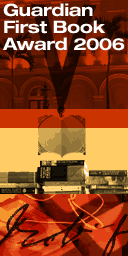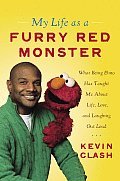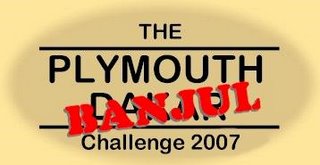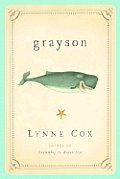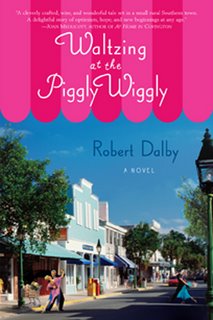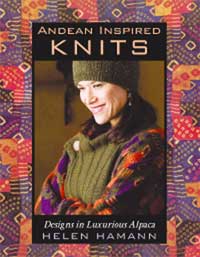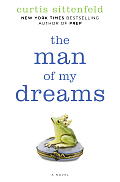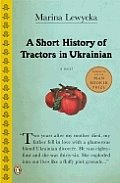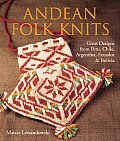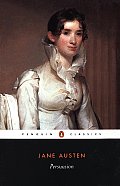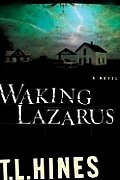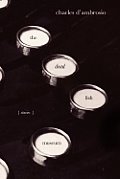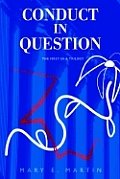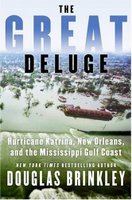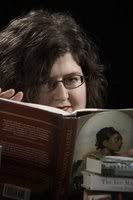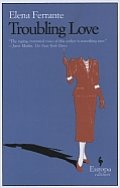 On Delia’s birthday her mother died, drowned wearing an expensive new bra, her engagement ring and the earrings given to her by her estranged husband almost fifty years earlier. Desperate to make sense out of the confusion surrounding her mother’s death, Delia embarks on a journey through her native Naples, seeking the truth about her mother, her family and herself.
On Delia’s birthday her mother died, drowned wearing an expensive new bra, her engagement ring and the earrings given to her by her estranged husband almost fifty years earlier. Desperate to make sense out of the confusion surrounding her mother’s death, Delia embarks on a journey through her native Naples, seeking the truth about her mother, her family and herself.Troubling Love (L'amore molesto), Elena Ferrante’s second novel to be translated into English, is a meditation on the inherent struggle between mothers and daughters. The struggle between the generations of women within a family is territory oft explored by writers. Ferrante brings freshness to the worn narrative by adding complexity, examining the nature and validity of memory. How valid is anger toward one’s mother if the memory of events isn’t correct?
Ferrante explores the consequences of abuse within the family and attitudes toward domestic violence. Amalia’s brother Filippo believes she had no reason to leave her husband, even though he beat her in front of strangers and her children. Amalia's husband inflicts harsh punishment on her body for the crime of drawing attention to herself, "protecting her" from other men's eyes. The abuse was so pervasive that the children felt they must protect her from touch as well, placing their bodies between their mother and strangers, to prevent the violence from erupting at home.
The dichotomy presented, is that despite the beatings Amalia’s husband gave her for men touching her, he painted her repeatedly as a half-naked gypsy, paintings which peddlers sold to anyone with enough money. This inconsistency calls into question his reasons for the abuse. Logically Ferrante must wish reader’s to view the violence as an issue of control, for just days before her death, Amalia’s husband visits her apartment to once more beat her.
Female children grow up wishing to become their mothers, having their mother’s body. In Troubling Love, Ferrante has created children drawn into complicity with their father’s abuse, guarding Amali from his violence while at the same time believing it was justified.
Ferrante asks, in this situation, can a girl grow up without destroying her mother? In the evolution to become a woman, must a girl, who feels she’s betrayed her mother, excise the mother from her life in order to live with herself?
For such a slender volume, Troubling Love is not an easy or quick read. Significant issues are raised which require contemplation and repeated readings. Ferrante’s writing is raw and earthy, describing bodily functions with a level of detail to which North American readers are unfamiliar. Her blunt use of language communicates the urgency and disorder experienced by Delia, drawing readers with her on the journey of discovery.
Elena Ferrante was born in Naples, Italy. Though one of Italy’s most important and acclaimed contemporary authors, she has chosen to keep her identity and wereabouts a mystery. Theories and speculation as to who Elena Ferrante really is continue to circulate but she has not yet been unmasked. The Days of Abandonment (I giorni dell'abbandono) was a national bestseller in Italy for almost a year.
Ann Goldstein is an editor at The New Yorker magazine. Her many translations from Italian include works by Alessandro Baricco, Roberto Calasso, Pope John Paul II, Pierpaolo Pasolini, and Giuseppe Genna. Troubling Love is the second work by Ferrante, which Goldstein translated for Europa Editions, the first being the critically acclaimed The Days of Abandonment.
Read the review at ReadySteadyBook.
ISBN10: 1933372168
Translated from the Italian by Ann Goldstein
Trade Paperback
Pages: 139
Publisher: Europa Editions
Publication Date: September 20, 2006
tags: books book reviews Elena Ferrante family relationships fiction in translation Italian author Ann Goldstein
